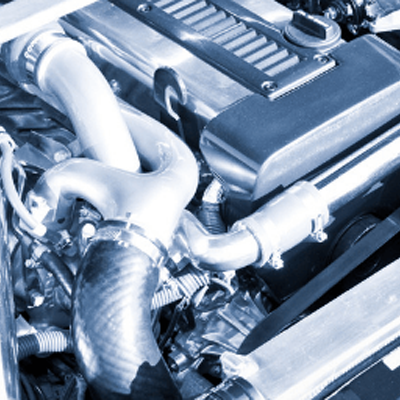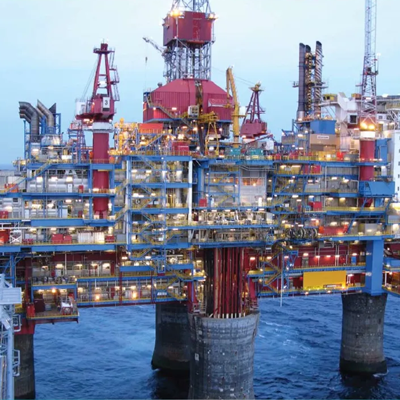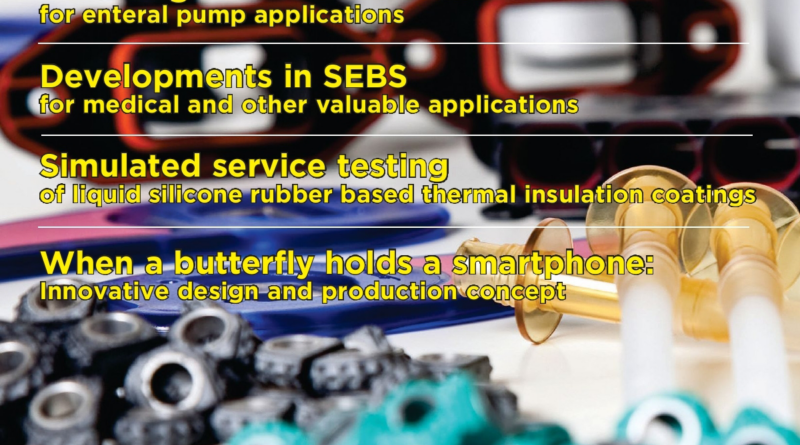Lamination technology for multi-layer hose
Fluoroelastomer lamination technology for multilayer automotive hose constructions is said to be ideal for use in high-pressure, high-temperature areas near the engine, where they are also exposed to NOx, SOx, engine oils or other aggressive automotive fluids. AGC Chemicals Americas՚ AFLAS FEPM fluoroelastomers can withstand continuous service temperatures up to 200°C and have excellent acid, base, amine and steam resistance.
Read More



